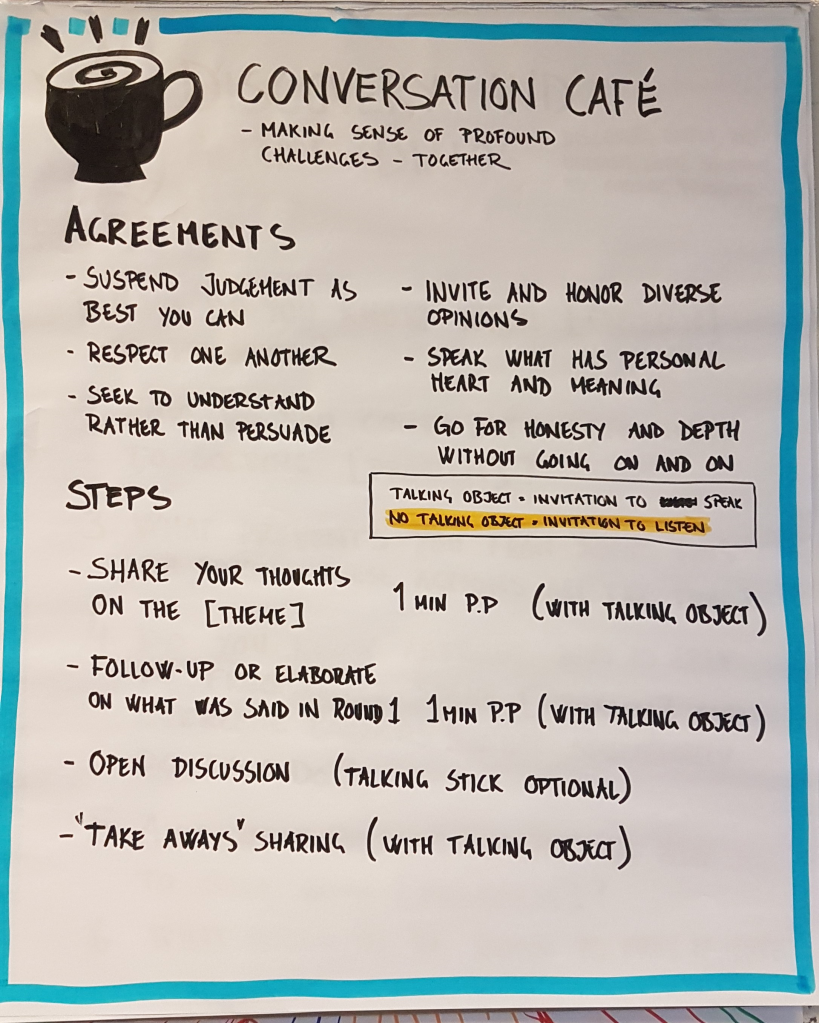Wh
Taking duty!
Often now we have heard managers saying to a crew “We need you to take duty”, the place after the supervisor takes the lead, controlling what the crew ought to do. When working in an agile vogue we need to escape of this behavior, and begin constructing a tradition and work setting with accountability, duty, empowerment, to ensure that groups to construct the correct factor, construct it in the correct means and constructing it quick.
The “top-down management” is available in many sizes and shapes and doesn’t solely exist in supervisor/worker context. It may be between roles eg. a Product Owner dictating what a crew ought to do, a Scrum Master telling a crew the best way to do it, and even Senior Developers instructing Junior Developers.
This component is the start of breaking these “top-down” patterns, and foster collaboration to profit from the mixed intelligence within the group. Regardless of expertise this component helps crew constructing the competence to grow to be self-managing, as it should assist crew determine the best way to arrange to distribute management as a substitute of counting on top-down management.
Which buildings and why
This session is slowly constructing as much as the primary query: “How should we arrange to distribute management, as a substitute of relaying on top-down management?”. The first components are:
- Help the crew articulate the challenges they going through,
- a small idea enter on Scrum Roles, and the best way to see it in a distinct perspective.
- Reminder of the crew function (which has been recognized previous to this session),
The Liberating Structure Wicked Questions is effectively fitted to serving to a crew to simply determine and articulate the challenges they have to confront to succeed. It additionally serves as a device to “let the air out”, and make contributors mentally prepared to go away challenges behind and give attention to constructive pondering.
To give a distinct perspective on the best way to arrange, I introduce the idea of “whole soccer” the place all gamers in a crew are defending when opponents has the ball, and all gamers are attacking when the crew has the ball, no matter their designated position (Defender, midfield, attacker). This is used to exemplify the best way to break down top-down management between scrum roles. This half is brief and primarily based on Maarten Dalmijns submit “Stop speaking a lot in regards to the Scrum roles“.
The final a part of the introduction is solely to remind the crew about their Purpose, as that is the guiding star to the place the crew need to go.
You can now invite for a Conversation Café with an expanded invitation, leaving loads of handles for crew members to hold their ideas on, and to get the dialogue going:
- How should we arrange to beat [articulated challenge]. How should we arrange to distribute management, as a substitute of counting on top-down management from managers and/or crew roles. How should we arrange to attain [our purpose]?


My observations and experiences
- You might skip the “Build up” a part of this session and transfer straight on to answering the primary query. For inexperienced groups, and newly shaped groups, this query can appear very summary and arduous to understand, for individuals who merely give attention to fixing technical issues. Adding the depraved questions, the soccer analogy and placing the crew’s function assertion in play, helped the crew to see an (imaginary) future which they may relate to. This was useful for the reflections and the dialogue, about how we should arrange to get there.
- The depraved query helped the crew not solely to determine obstacle, however to specific it clearly and to set the stage for taking actions ourselves, as a substitute of ready for others to take away the obstacle.
- The dialogue took a distinct flip that I imagined throughout designing the session. I used to be about to interrupt and “convey it again” however I as a substitute, I reminded myself, that regardless of the output the crew creates, is the correct output. This made the the crew personal the output extra. I consider they felt heard, as a result of they may relate to the output. Since this session the crew has used the output as handles for different discussions and retrospectives.
- Originally I deliberate the purpose-to-practice component “Principles” to be part of this session, however the time schedule was to tight, to let the great discussions unfold, so I made a decision to skip the Principles for now.
Source link

